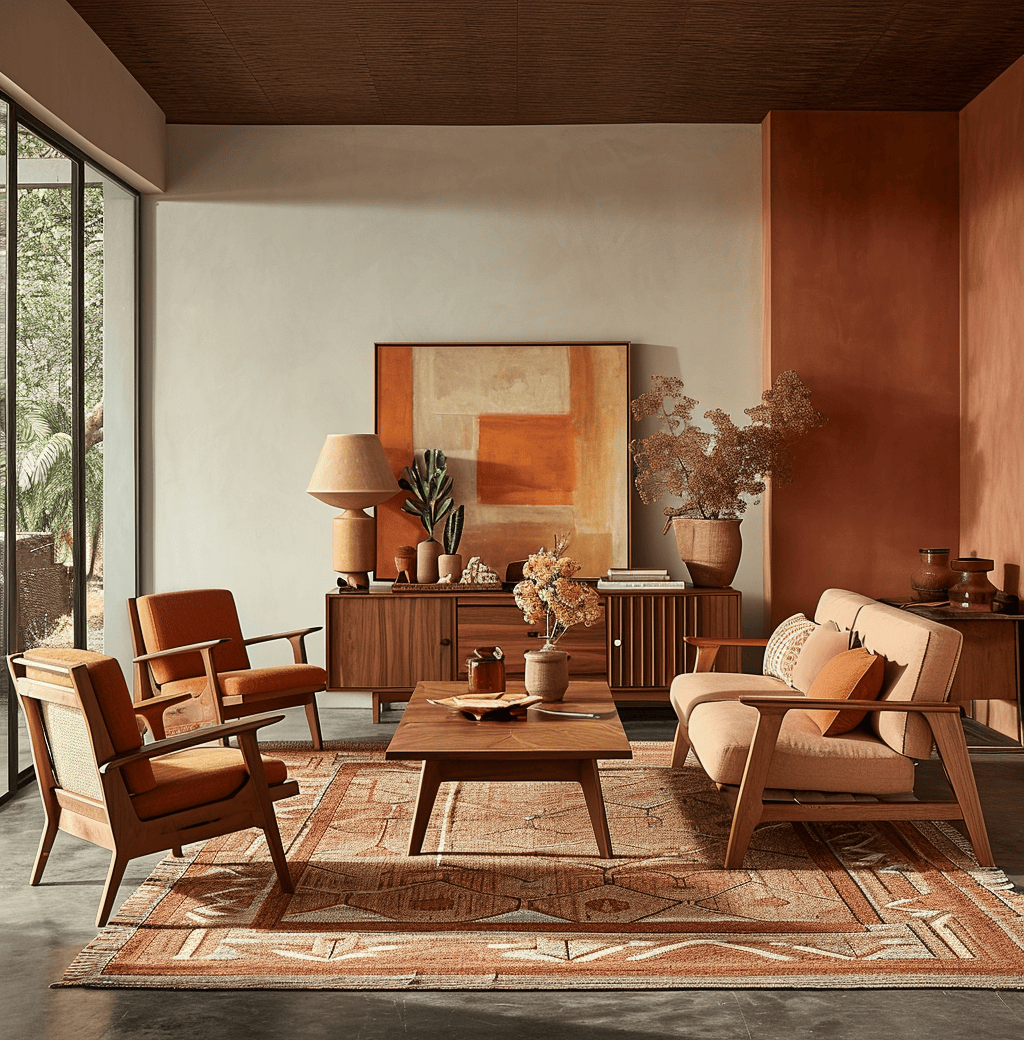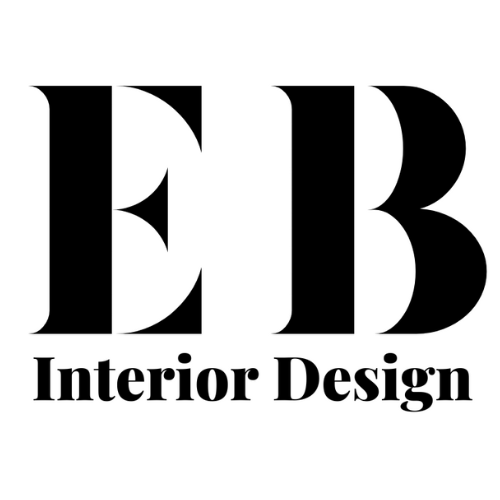
Embrace the 1970s Retro Decor: A Nostalgic Journey into Interior Design
The 1970s were an iconic decade in many ways, and its influence on interior design remains a popular trend today. Whether you’re redesigning a room, revamping your entire home, or simply looking for a touch of retro charm, 1970s retro decor is the perfect way to infuse warmth, character, and style into your living space. From bold colors to funky patterns and vintage furniture, this design style brings an undeniable sense of nostalgia. In this blog, we’ll explore how to incorporate the timeless appeal of 1970s retro decor into modern homes.
The Essence of 1970s Retro Interior Design
The 1970s were all about self-expression, and that’s exactly what retro decor embodies today. Unlike the minimalist approach of modern design, retro interiors from the ’70s favored maximalism with a mix of bold colors, distinctive patterns, and vintage furniture pieces. The style also embraced natural elements, with earthy tones dominating many interior spaces.
From shaggy carpets to groovy wall art, this era was about breaking the rules and exploring unique combinations. The 1970s were influenced by a blend of futuristic ideas, pop culture, and a growing interest in the environment. As such, it became a decade that celebrated both creativity and comfort.
Key Elements of 1970s Retro Decor
If you want to create a retro-inspired home, these elements are essential:
Bold Colour Palettes
One of the most prominent features of 1970s retro decor is its vibrant and earthy color schemes. Think burnt orange, mustard yellow, avocado green, and deep brown. These warm hues were paired with muted shades like beige and cream to balance the brightness. Today, you can recreate this effect by painting walls in warm tones or incorporating retro-inspired accents, such as cushions, curtains, and rugs, to bring a pop of color to your home.
Groovy Patterns
The 1970s loved patterns. Floral prints, geometric designs, and psychedelic motifs were all the rage. You can embrace these retro patterns through wallpaper, bedding, rugs, or even furniture upholstery. For a more subtle approach, opt for accessories like throw pillows or wall art to add the retro vibe without overwhelming the room.
Shag Carpets and Textures
No 1970s-inspired room would be complete without a shag carpet. This floor covering was a hallmark of the decade, adding both texture and a touch of fun to any space. Modern versions of shag carpets are available, so consider adding this plush feature to living rooms or bedrooms for an authentic throwback. Additionally, textured fabrics like velvet, suede, and corduroy were popular for furniture, making them ideal for creating a cosy and inviting atmosphere.
Statement Furniture Pieces
1970s furniture had an emphasis on comfort, function, and unique designs. Key pieces included low-slung sofas, bean bag chairs, and oversized armchairs. Retro furniture often boasted curvy silhouettes, bold lines, and wooden elements. Opt for a statement armchair with a funky print or a vintage coffee table to enhance your living room’s 1970s vibe.
Lighting Fixtures
Lighting in the 1970s was equally bold. Lava lamps, pendant lights, and funky floor lamps with artistic shapes were common fixtures. For an authentic touch, find a retro lamp or chandelier that channels the same vibe, or go for a contemporary version with a nostalgic twist. The warm tones and distinctive shapes of 1970s lighting can really set the mood in a room.
How to Integrate 1970s Retro Decor in Modern Homes
Incorporating 1970s retro elements into a contemporary home doesn’t mean overwhelming the space with vintage pieces. Instead, you can modernize the look by blending retro items with more current design trends.
Mix Retro with Minimalism
If you love minimalist design but want to incorporate 1970s decor, try mixing retro furniture with sleek, modern accents. A vintage couch paired with a minimal coffee table or a retro lamp next to a clean-lined bookshelf can create a perfect balance of nostalgia and sophistication.
Layer with Modern Art and Decor
Introduce 1970s-inspired colors and patterns into your home through modern art and accessories. A retro-themed print on the wall, a vintage rug, or bold curtains can make a statement without overpowering the room. Layering these items in a contemporary setting will give your home a retro flair that feels fresh and stylish.
Go Bold with Accent Walls
Instead of painting the entire room in bold 1970s colors, try an accent wall. A deep avocado green or mustard yellow can instantly create a vintage atmosphere in a living room or bedroom. Pair it with neutral furniture and modern accessories for a contemporary twist on retro style.
Add Vintage Details
Vintage details can really tie a room together. Hunt for unique 1970s finds like old vinyl records, retro kitchenware, or patterned throw blankets. These items bring authenticity to the space and infuse it with personality.
Why 1970s Retro Decor is Making a Comeback
Retro interior design has come full circle in recent years, and the 1970s aesthetic is no exception. The current trend for maximalist interiors, warm tones, and natural materials perfectly complements the elements of 1970s design. Additionally, there’s a growing desire to embrace nostalgia and escape the starkness of modern minimalism, making retro decor a popular choice.
The combination of warmth, personality, and comfort that 1970s retro decor offers makes it ideal for creating inviting, vibrant spaces. With a little creativity, you can channel the free-spirited vibe of the ’70s while incorporating elements that are fresh and modern.
Conclusion
The 1970s retro decor style continues to inspire interior designers and homeowners alike. Whether you’re drawn to its bold colors, funky patterns, or vintage furniture, there are endless ways to incorporate this iconic style into your home. By combining retro items with modern design principles, you can create a space that feels both nostalgic and contemporary.
So, if you’re looking to embrace the charm of the past while keeping your space current, 1970s retro decor is the way to go. With its timeless appeal and playful aesthetic, it’s sure to bring warmth, creativity, and personality to your home for years to come.




Leave a Reply